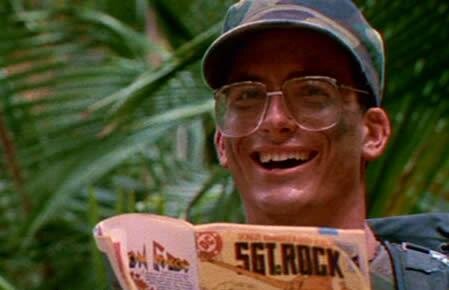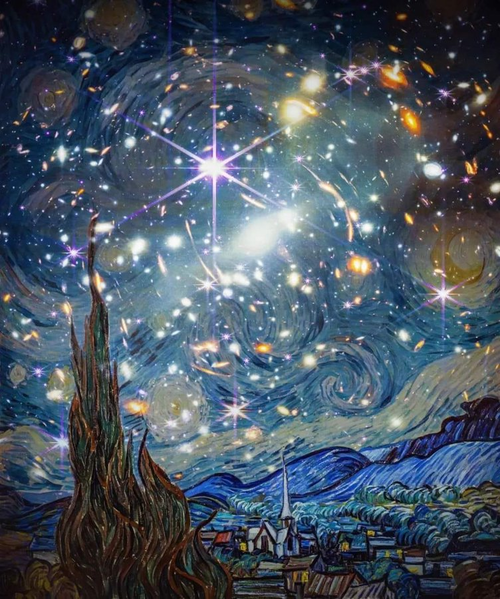- Moderator
- #301
Offline
I'd percieve it as "well, it was nice knowing ya, see ya on the other side!".This is something that I've wondered about
I'm sure galaxies colliding/merging is a very slow process, but if it was happening right now, how would we here on Earth perceive it?
Just the stars being different or other effects?



